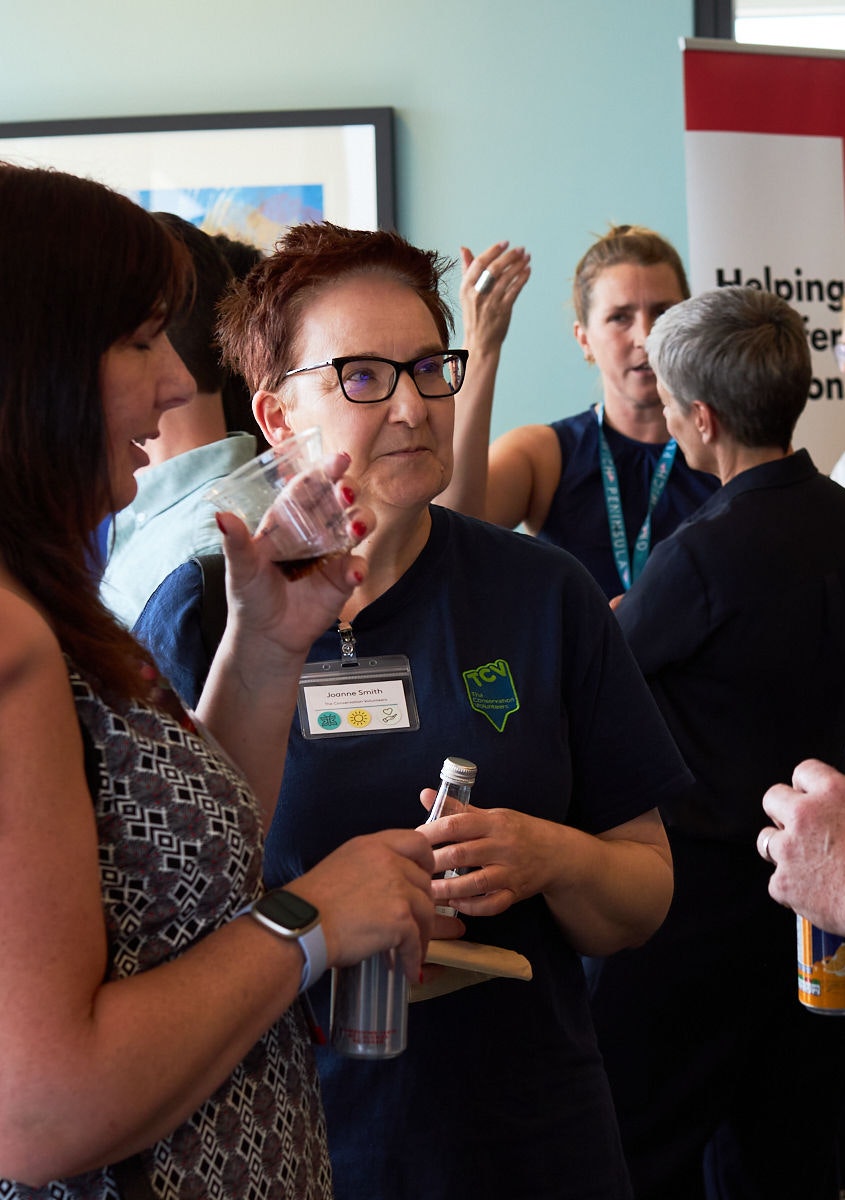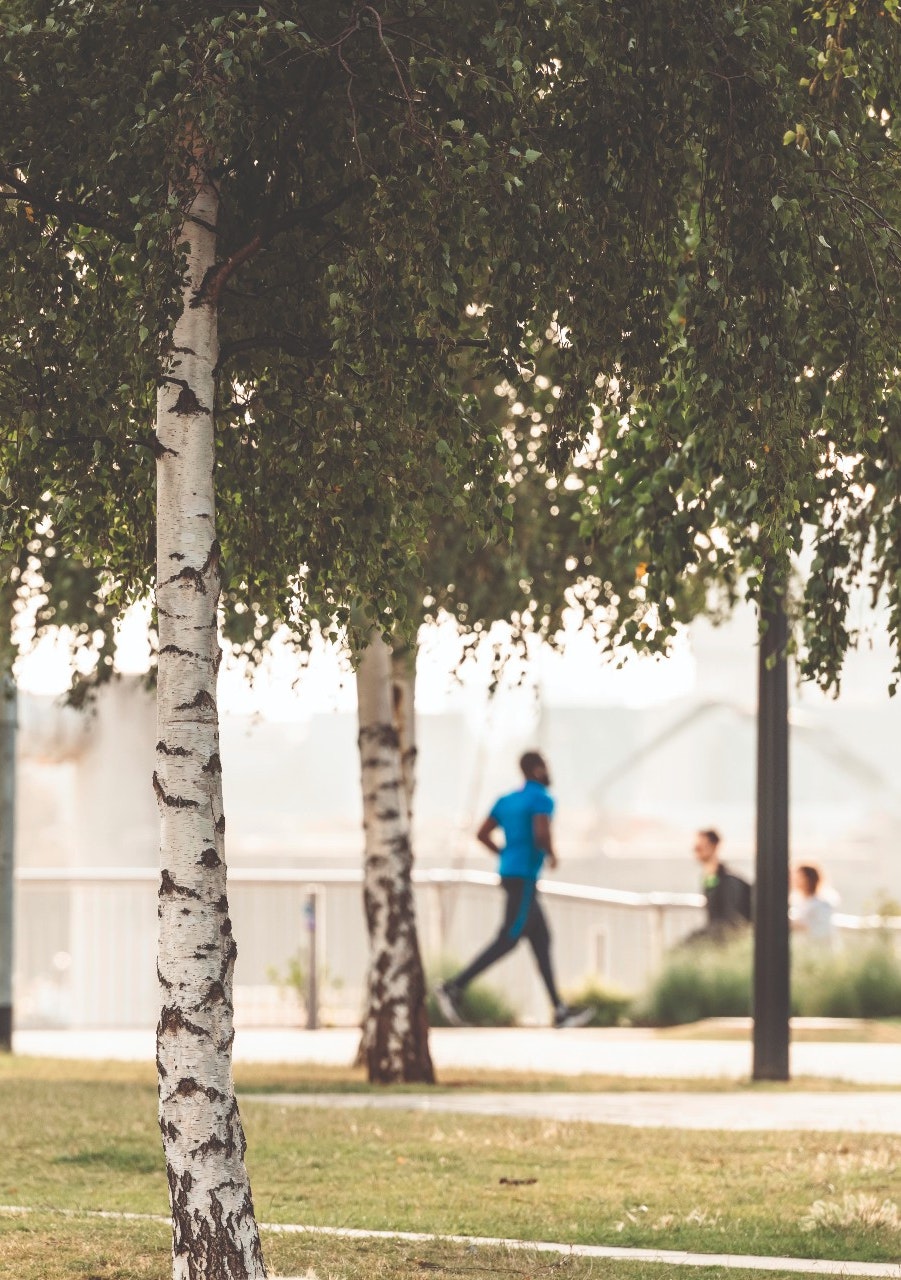
Look Up
You don’t need expertise or a lot of fancy kit to try out bird watching in the city. A cheap pair of binos and a basic spotters guide will do the trick, says gallerist Steve Lazarides.
“I hate birders,” declares Steve Lazarides, just a few minutes into discussing his lifelong pastime of, er, birding. “They do my head in. They're all cut from the same cloth. I used to have this spot up in Norfolk where I watched the population of Spoonbills grow from six to about 20 odd birds in my time, but all the birders in the nature reserve next door would go crazy if they caught even a glimpse of one tucked away in the undergrowth. If they’d just got up and explored the surrounding area a bit, thought outside the box, then they’d have been able to see plenty of them.”
It doesn’t come as a huge surprise that a man who built his career flying in the face of the art establishment is also not a fan of the typically tight-lipped and shushing members of the UK’s birding community, stationed silently in their hides up and down the country. But the peaceful pastime has been part of his life since long before he made his name in Soho’s gallery scene. As a child growing up on the outskirts of Bristol, Lazarides would disappear into the woods out the back of his house and stay there, spotting birds, until it was time to go home to bed. “I used to see a lot of bits and bobs out there,” he says.
Although as a child he never really knew what he was looking at, it gave him pleasure and a deep sense of peace to be out among the local wildlife, and eventually a hobby that got him out from under his mother’s feet for the whole day transformed into a lifelong passion that saw him travelling the world in search of rare breeds.
For a time, he’d make annual trips to the Shetland Islands with his good friend, the broadcaster and “Urban Birder” David Lindo. “Once a year we’d save up and slack off and we’d go to the islands or somewhere like that. In that time I clocked about 240 different types of bird. But I realised that without becoming a total twitcher I was never going to add to that number, and that really chilled me out. I wasn't desperate to see something new all the time. I was as happy to see a Long-tailed Tit as I was to see a Goshawk.”
These days, Lazarides’ birding is about a lot more than keeping score of what he’s seen and seeking out the breeds he hasn’t (although “that f*cking stone curlew” still eludes him, much to his annoyance), it’s about getting out of his head, into some greenery and, most importantly, away from his phone.
“I like the freedom of the birds, and I like the fact that birding takes you to places where your phone doesn’t work. You’ve just got to put everything behind you and go out and have a nice day."”
“I like the freedom of the birds,” he tells me. “And I like the fact that birding takes you to places where your phone doesn’t work. You’ve just got to put everything behind you and go out and have a nice day. In this day of social media and being on the phone every two seconds it's something that gives me some peace and solace.”
He’s not alone. A study published in late 2022 in Scientific Reports found that hearing birdsong or spotting a bird improved people’s mood for up to eight hours at a time. The study included “healthy” participants as well as those with a diagnosis of depression, “the most common mental illness across the world,”the authors of the study write.
Lazarides suffers from bipolar and ADHD and, although he wasn’t diagnosed until well into his 40s, birding was always the coping mechanism that helped him to navigate those undiagnosed conditions. “I don’t agree with the government about much, but the thing about people not being more than 15 minutes away from green space, I'm fully behind.”
For Lazarides, birding isn’t just a rural pastime, and he’s seen plenty of interesting bird life by getting out and about in the city too. “The birds don’t know it’s a nature reserve, do they?” he says. “Even when I’m in London I've always got my eyes open. I remember driving through Streatham with the kids when I saw about 25 waxwings overhead. I stopped the car and me and the kids watched them just flying from one tree to another. I love it when you see a bird unexpectedly, or somewhere incongruous. Like once I saw a Black Redstart in the middle of Soho. I really enjoyed that.”
For plenty of people, bird identification and the expense of good quality kit are barriers to going out birding. That and the stuffy image cultivated by the last few generations of birders. But a pair of cheap binoculars and a pocket guide book are all that’s needed to get the bug for the birds. You don’t need to be an expert to spot and enjoy some beautiful wildlife. “For me it’s a bit like paintings,” says Lazarides. “I don’t ever want anyone to tell me what the painting’s about. I just want to look at what I see and take away what I want to take away from it.”
Before you start your urban birding adventure, it’s important to have a little bit of basic knowledge to get you going. If you want to spot birds in any city, head straight for the water. It’s where things converge. Lazarides is a fan of the stretch of the Grand Union Canal that stretches up to London zoo, but Greenwich Peninsula has plenty of water, meaning little grebes, water rails and canada geese are there for the spotting.
Certain birds, like black redstarts, love building sites. The Olympic Park was a great place to spot them when it was being built, but how about the unfinished buildings on the Peninsula? Yep, they’ll attract the redstarts too.
In fact, any high place in the city could be a novice spotters paradise. That’s where you’re most likely to catch birds of prey like peregrines and buzzards. Get as high as possible on a clear day and look to the north or north-east, where they’re most likely to be seen migrating in from Scandinavia.
If you’re still feeling a little uncertain and want to make things really easy for yourself, just head over to the Ecology Park and pick up a copy of Birds of Greenwich Peninsula by Jennifer Moore, a logbook designed to raise awareness of the vulnerability of our local species. In it you’ll find detailed illustrations and information about 22 of the most common birds on the Peninsula, as well as helpful hints on where and how to spot them. And if you bump into Steve Lazarides while you’re using it, don’t tell him if you’ve seen a stone curlew.
Birds of Greenwich Peninsula is available to purchase at the Greenwich Peninsula Ecology Park and NOW Gallery.






